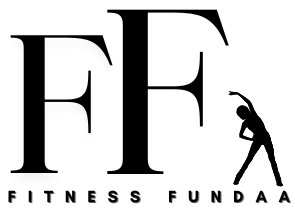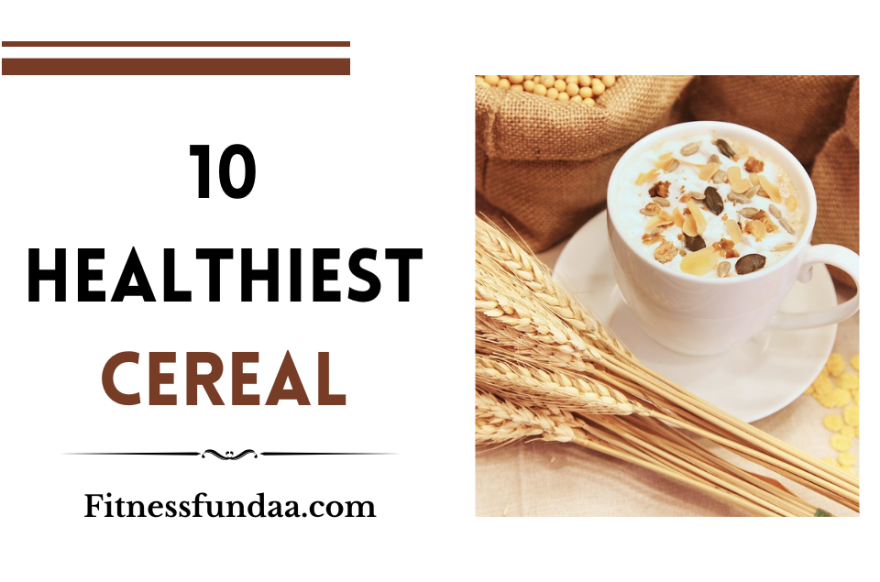The history of cereal dates back thousands of years, with early civilizations such as the ancient Egyptians and Greeks consuming grains as a dietary staple. However, the modern concept of breakfast cereal as we know it today began to emerge in the late 19th century. In 1863, James Caleb Jackson created the first cold breakfast cereal called Granula, made from graham flour dough that was baked and broken into small pieces. 10 Healthiest Cereal . Healthiest Cereal.
This paved the way for other inventors to develop their own versions of cereal, including John Harvey Kellogg, who introduced corn flakes in the late 1800s as a healthy alternative to traditional breakfast foods.
Over the years, the popularity of cereal grew rapidly, fueled by advancements in food processing technology and marketing strategies. The introduction of sugar-coated and flavored varieties in the mid-20th century further expanded the appeal of cereal, especially among children and families. Brands like Kellogg’s, General Mills, and Post became household names, offering a wide range of options to cater to different tastes and preferences.
Cereal production involves several key steps, beginning with the cultivation and harvesting of grains such as wheat, corn, or oats. These grains are then cleaned, milled, and processed into various forms, depending on the type of cereal being produced. For example, whole grains may be rolled or flaked to create oatmeal or shredded to make wheat-based cereals. Corn and rice are often ground into flour and cooked into shapes like flakes or puffs.
Once the grains are processed, they are mixed with other ingredients such as sugar, salt, vitamins, and minerals to enhance flavor and nutritional value. Additional ingredients like dried fruits, nuts, and chocolate chips may also be added to create different flavor combinations. The mixture is then formed into the desired shapes using molds or extrusion machines before being dried and toasted to remove moisture and improve shelf stability.
Packaging is a crucial final step in the cereal production process, ensuring that the product remains fresh and protected from damage during transportation and storage. Cereal is typically packaged in boxes or bags made from materials like cardboard or plastic, with colorful designs and branding to attract consumers’ attention. Information such as nutritional content, ingredients, and serving suggestions is printed on the packaging to help consumers make informed choices about their purchases.
In recent years, the cereal industry has faced challenges related to changing consumer preferences and dietary trends. Concerns about sugar content, artificial additives, and the environmental impact of packaging have prompted many consumers to seek out healthier and more sustainable alternatives. As a result, cereal manufacturers have responded by introducing organic, gluten-free, and low-sugar options to meet the evolving needs of their customers.
Despite these challenges, cereal remains a popular and convenient breakfast choice for many people around the world. Its versatility, long shelf life, and wide variety of flavors make it a convenient option for busy mornings or anytime snacking. Whether enjoyed with milk,
yogurt, or straight from the box, cereal continues to hold a special place in the hearts and pantries of consumers everywhere.
Here are ten of the healthiest cereals, along with some detailed information about each one:
Oatmeal:
Oatmeal is a classic breakfast option that’s rich in fiber, particularly beta-glucan, which can help lower cholesterol levels and promote heart health. Opt for plain oats and add your own toppings like fruits and nuts to control sugar content.
Bran Flakes:
Bran flakes are high in fiber and low in sugar, making them a nutritious choice for breakfast. They provide a good amount of vitamins and minerals, including iron and B vitamins, which are important for energy metabolism.
Quinoa Flakes:
Quinoa flakes are made from quinoa, a gluten-free whole grain that’s high in protein and fiber. They provide a complete source of protein, meaning they contain all nine essential amino acids, making them a great option for vegetarians and vegans.
Kashi Go Lean Original:
This cereal is made with whole grains like wheat, soy, and barley, providing a good amount of protein and fiber to keep you feeling full and satisfied. It’s also low in sugar and high in antioxidants.
Nature’s Path Organic Flax Plus Multibran Flakes:
This cereal is packed with fiber from ingredients like whole wheat flour, wheat bran, and flax seeds. Flax seeds are rich in omega-3 fatty acids, which are beneficial for heart health.
Special K Protein Plus:
Special K Protein Plus cereal is fortified with extra protein, making it a great option for those looking to increase their protein intake. It’s also low in sugar and provides essential vitamins and minerals like iron and vitamin D.
Barbara’s Bakery Shredded Wheat:
Shredded wheat cereal is made from whole wheat, providing a good source of fiber and essential nutrients like iron and magnesium. It’s also low in sugar and free from artificial additives.
Ezekiel 4:9 Sprouted Whole Grain Cereal:
This cereal is made from sprouted grains like wheat, barley, and millet, which are easier to digest and may have higher nutrient levels compared to traditional grains. It’s also high in protein and fiber.
Uncle Sam Original Wheat Berry Flakes:
Uncle Sam cereal is made from whole wheat berries, providing a good source of fiber and essential nutrients like iron and magnesium. It’s also low in sugar and free from artificial additives.
Post Grape-Nuts:
Grape-Nuts cereal is made from whole grains like wheat flour and malted barley flour, providing a good source of fiber and essential nutrients like iron and zinc. It’s also low in sugar and free from artificial additives.
These cereals offer a balance of nutrients, including fiber, protein, vitamins, and minerals, making them a healthy choice for breakfast or a snack. Always check the nutrition label and
ingredients list to make sure you’re choosing a cereal that fits your dietary needs and preferences.
Cereal is a staple food enjoyed by millions worldwide, offering a convenient and versatile option for breakfast or a quick snack. Typically made from grains like wheat, corn, oats, or rice, cereal comes in various shapes, sizes, and flavors to suit different tastes and dietary
preferences. It can be served with milk, yogurt, or even enjoyed dry as a crunchy treat. Cereal production involves a series of processes, including harvesting, milling, mixing, and packaging, to create the final product found on grocery store shelves.
see also : Top Healthiest Fruits

